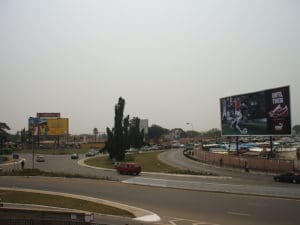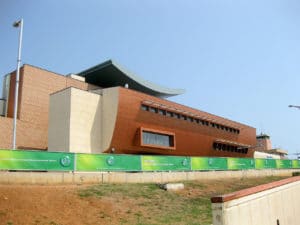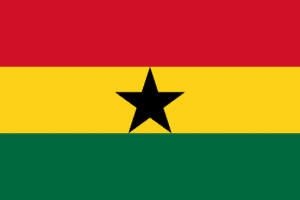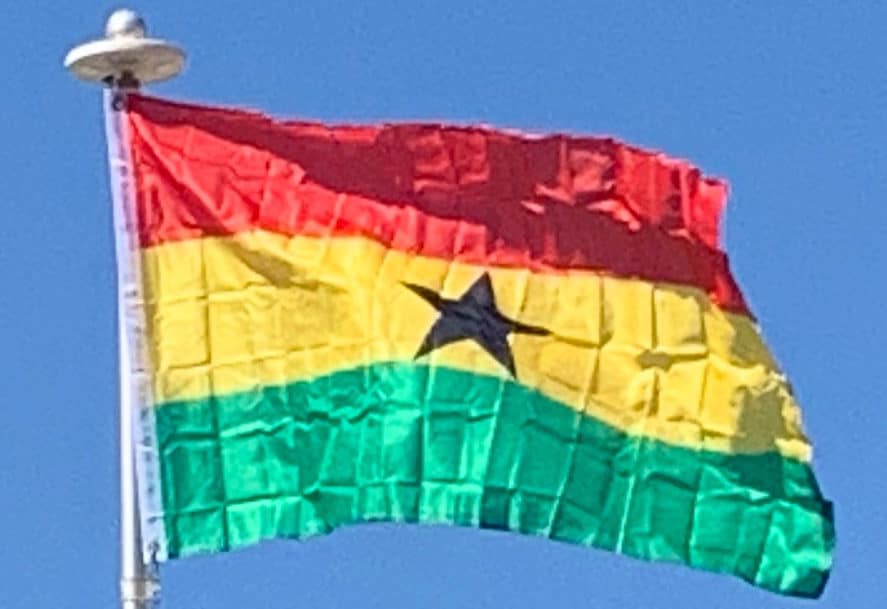
With respect to this mode of transport, many people prefer to use the public means. Many of the town and cities in the country can be reached by the use of urban buses known as “trotro” or taxis. For inter-regional transport bigger buses are normally used.
The Trans–West African Coastal Highway, part of the Trans-African Highway network crosses Ghana along the N1, connecting it to Abidjan, (Ivory Coast), Lomé, (Togo) and to Benin and Nigeria. Eventually the highway will connect to another seven Economic Community of West African States (ECOWAS) nations to the west. The N2, which connects Tema in the Greater Accra Region to Kulungugu in the Upper East Region; the N10, which connects Yamoransa in the Central Region to Paga in the Upper East Region; and the N12, which connects Elubo in the Western Region to Hamile in the Upper West Region; all connect Ghana to landlocked Burkina Faso, where it joins another highway in the Trans-African network, the Trans-Sahelian Highway.
On July 4, 1958, the Ghanaian government established Ghana Airways connecting Ghana with other countries. By the mid-1990s, Ghana Airways operated international scheduled passenger and cargo service to numerous European, Middle Eastern, and African destinations, including London, Düsseldorf, Rome, Abidjan, Dakar, Lagos, Lomé, and Johannesburg. As a result of persistent management and financial problems, Ghana Airways ceased all operations and entered into liquidation in 2004.

Ghana has twelve airports, six with hard surfaced runways. The most important are Kotoka International Airport at Accra and airports at Sekondi-Takoradi, Kumasi, and Tamale that serve domestic air traffic. In 1990, the government spent US$12 million to improve Accra’s facilities. Workmen resurfaced the runway, upgraded the lighting system and built a new freight terminal. Construction crews also extended and upgraded the terminal building at Kumasi. In early 1991, the government announced further plans to improve Accra’s international airport. The main runway was upgraded, improvements were made in freight landing and infrastructure, and the terminal building and the airport’s navigational aids were upgraded.
Flag of Ghana:
The national flag of Ghana was designed and adopted in 1957 and was flown until 1962. It was then reinstated in 1966. It consists of the Pan-African colors of red, gold, and green, in horizontal stripes, with a black five-pointed star in the center of the gold stripe. The Ghanaian flag was the second African flag after the flag of the Ethiopian Empire to feature these colors. The flag’s design influenced that of the flag of Guinea-Bissau (1973). The flag of Ghana was designed by Theodosia Okoh (1922–2015).

The red represents the blood of those who died in the country’s struggle for independence from Great Britain, the gold represents the mineral wealth of the country, the green symbolizes the country’s rich forests and natural wealth, and the black star is the symbol of African emancipation. The black star was adopted from the flag of the Black Star Line, a shipping line incorporated by Marcus Garvey that operated from 1919 to 1922. It is where the Ghana national football team derive their nickname, the “Black Stars”.
